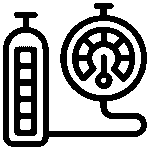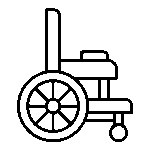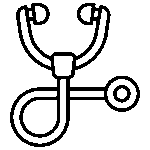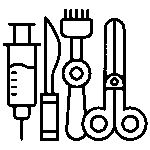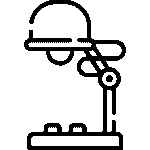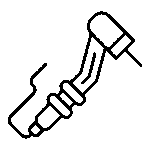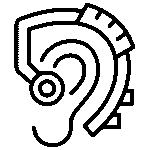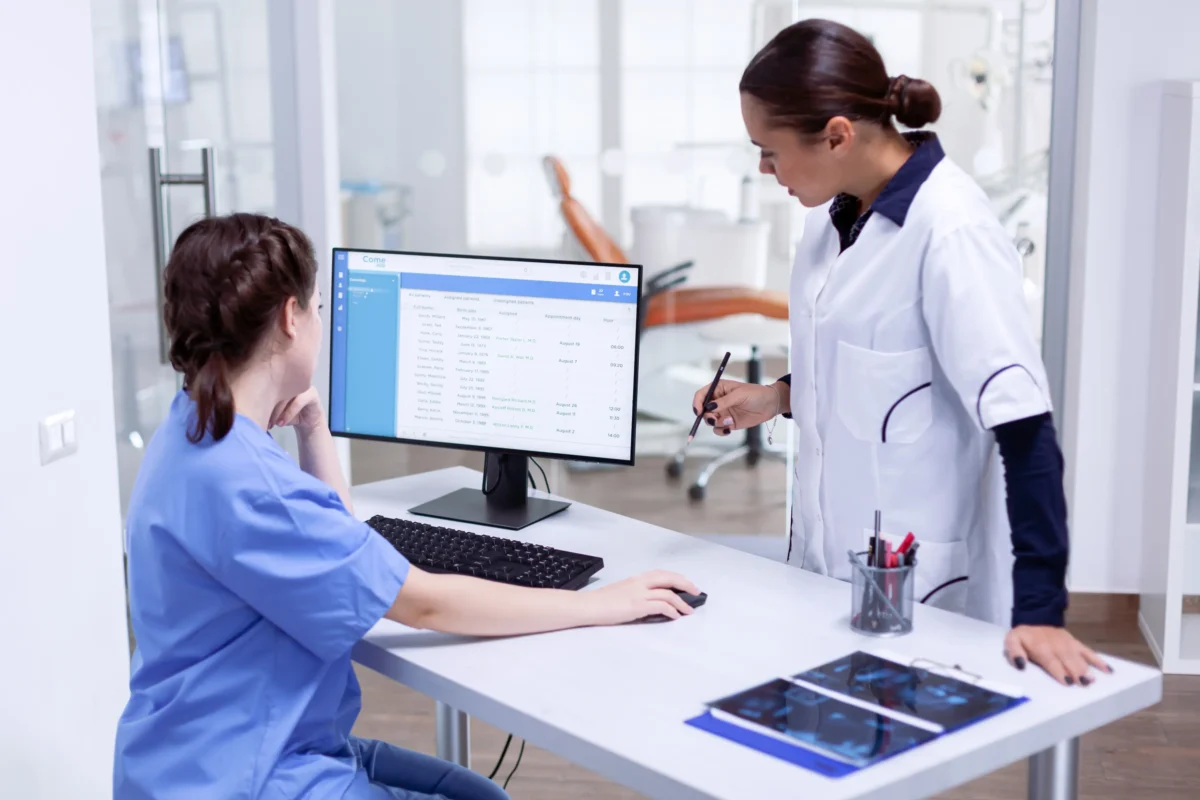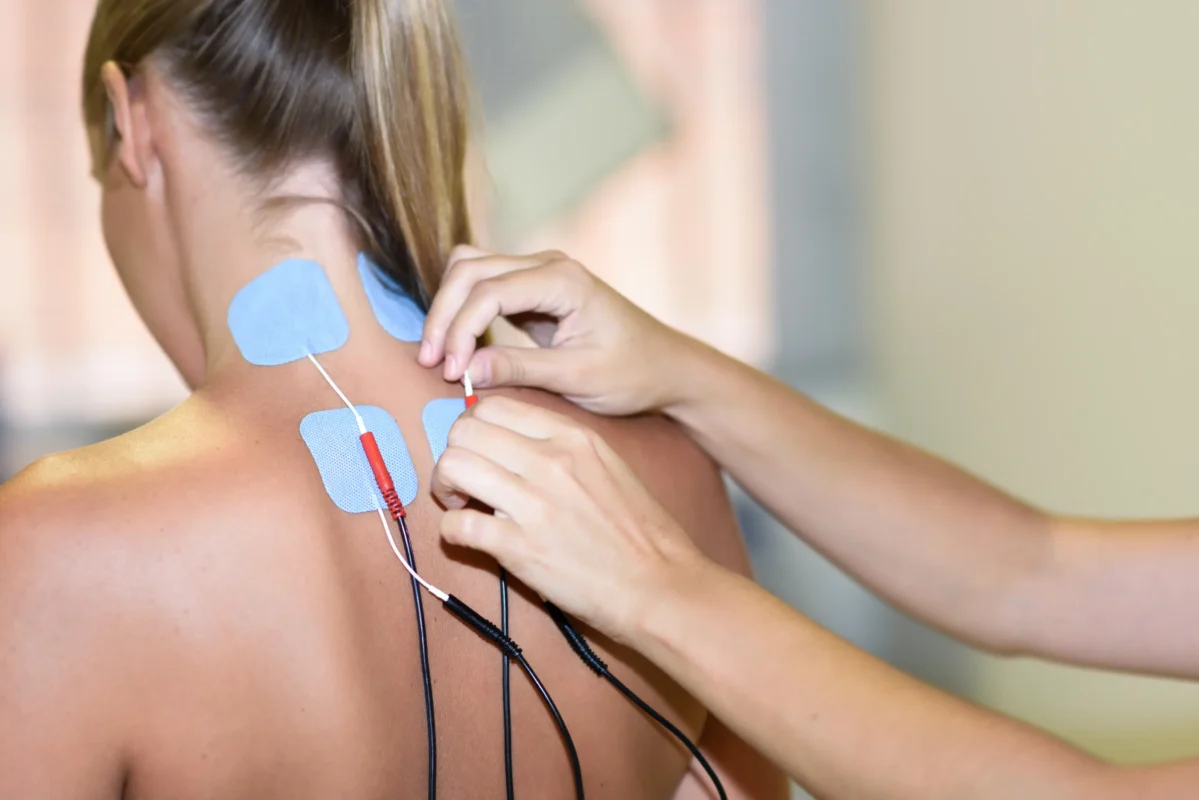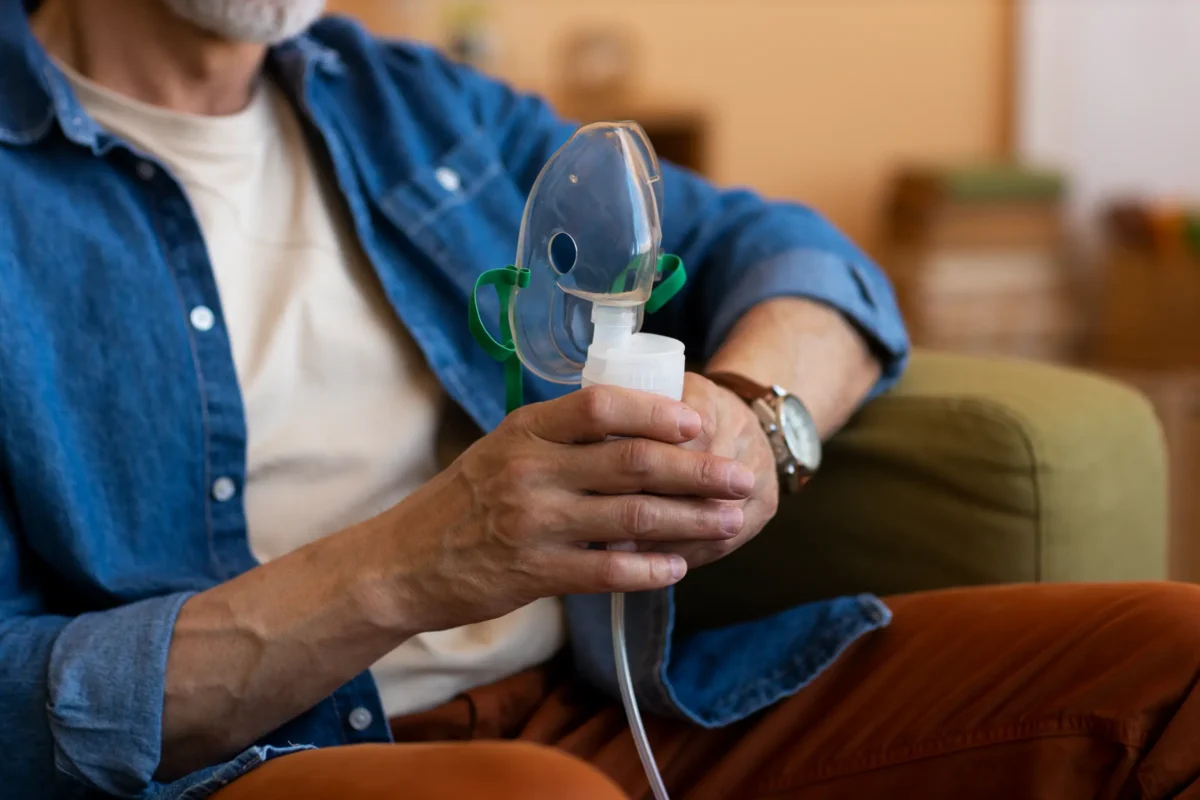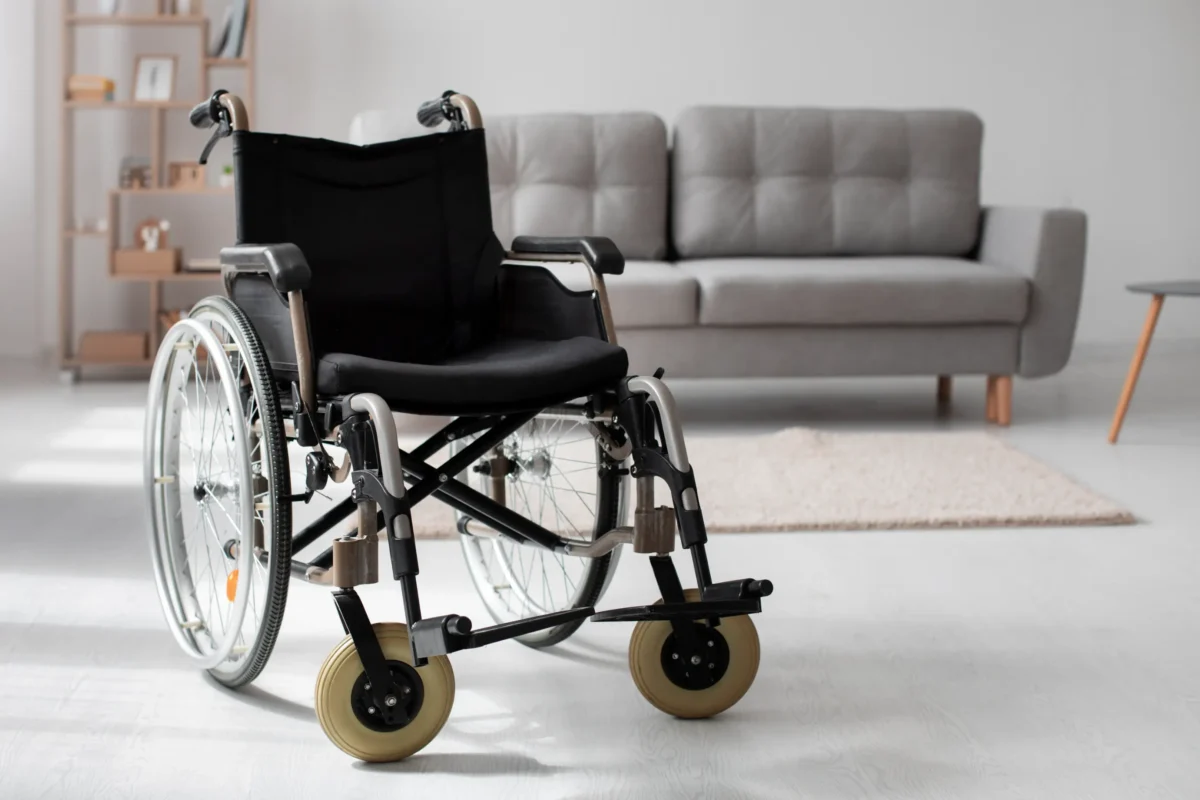Blog
Blogs
Preventing Pressure Ulcers: The Critical Role of Alternating Pressure Mattresses in Home Care
- Posted by admin
- On
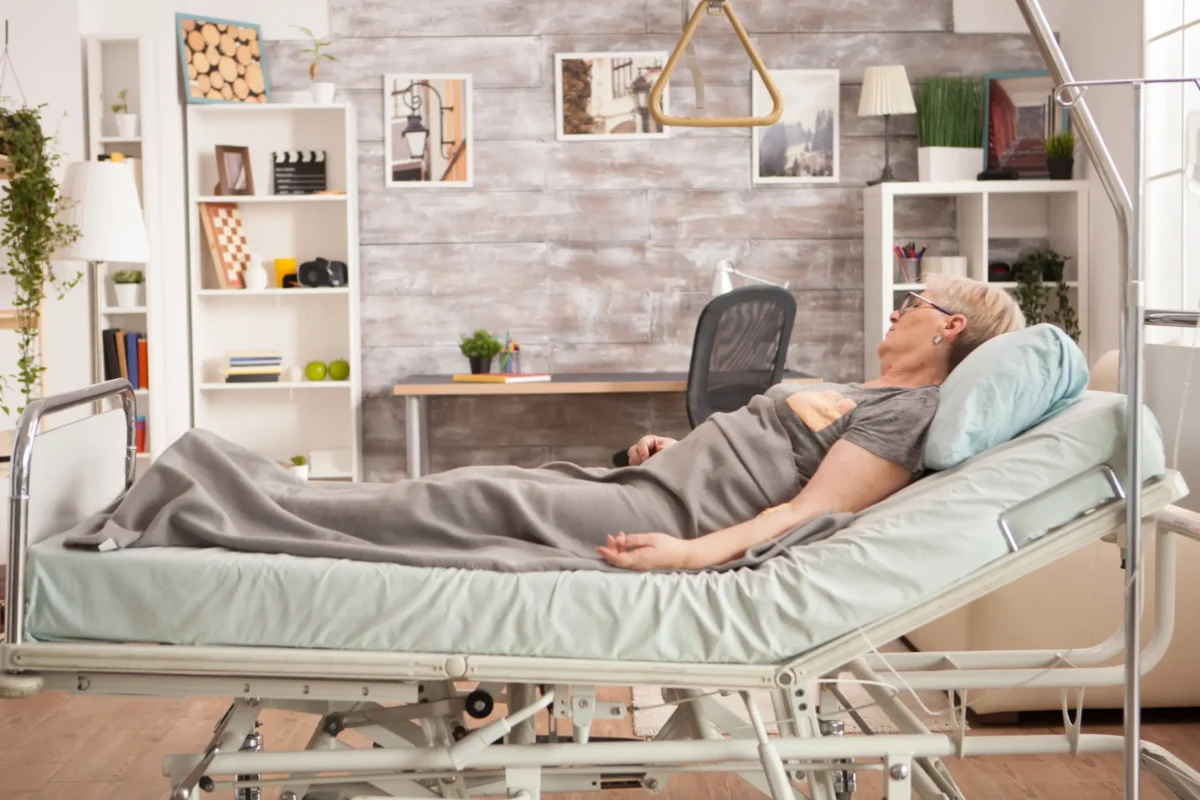
For individuals facing long-term immobility, whether due to neurological conditions, surgical recovery, or advanced age, the risk of developing pressure ulcers (bedsores) is severe. Prevention relies on eliminating prolonged pressure and managing the skin’s microclimate. This makes the choice of bedding a critical clinical decision, moving beyond standard foam to advanced dynamic systems.
The Science of Alternating Pressure
An Alternating Pressure Mattress (APM) is an essential therapeutic device that uses a quiet, external electric pump to cyclically inflate and deflate individual air cells running horizontally beneath the patient. This dynamic process achieves continuous pressure redistribution, ensuring that no single point of the body, especially over bony prominences (heels, hips, tailbone), sustains constant compression. This periodic offloading restores blood flow to compressed tissues, preventing ischemia and subsequent tissue necrosis—the root cause of pressure ulcers.
Key Features for High-Risk Patients
When selecting an APM from a hospital furniture specialist like Promixco Group, look for these non-negotiable features:
- Cell-on-Cell Design: This structure ensures that even if the pump fails or power is interrupted (a common risk in many regions), the bottom layer of air cells remains inflated, preventing the patient from bottoming out directly onto the hard bed frame.
- Low Air Loss Technology: Micro-perforations in the mattress surface gently allow air to escape, controlling heat and moisture buildup (the skin’s microclimate). This is vital, as excessive moisture weakens the skin, making it highly susceptible to friction and shearing.
- Adjustable Cycle Time and Weight Settings: The system should allow the caregiver to fine-tune the alternation cycle speed and the pressure intensity based on the patient’s weight and the stage of their existing ulceration (if any), providing truly personalized and optimal long-term care.
By utilizing an APM, caregivers dramatically reduce the physical burden of hourly manual repositioning, ensuring consistent, 24/7 preventative care that is crucial for maintaining skin integrity and promoting healing.

